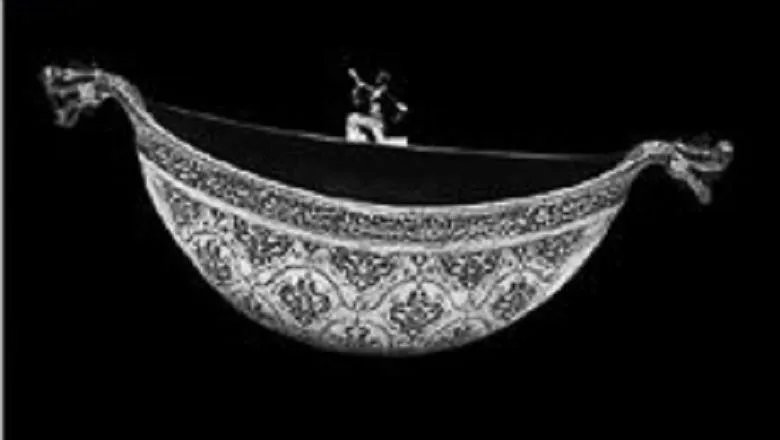25 July 2020
The return to Al-Andalus: Disputes over Sephardic culture and identity between Arabic and Hebrew
Yuval Evri
This new book traces contested visions and representations of al-Andalus/Sepharad among modern Jews through a close analysis of the work of Sephardi/Arab-Jewish intellectuals in Palestine and their networks at the turn of the twentieth century.

This new book traces contested visions and representations of al-Andalus/Sepharad among modern Jews through a close analysis of the work of Sephardi/Arab-Jewish intellectuals in Palestine and their networks at the turn of the twentieth century. Particularly prominent among them were Abraham Shalom Yahuda (1877–1951), Abraham Elmaleh (1885–1967), Yosef Meyouhas (1868–1942), Nissim Malul (1892–1959) and Yitzhak Benyamin Yahuda (1863–1941), who formed part of a growing circle of Sephardi local scholars engaged in a variety of intellectual activities: translation, literary interpretation, journalism, lexicography, philology, and education.
As active members in both Hebrew and Arabic revival movements (Haskalah and Nahda respectively) during the late Ottoman Era, they operated within a range of conflicting political and ideological affinities: they were committed to the emerging national monolingual Jewish project, identified with the Ottoman political reformation and the ethos of the shared homeland, and they emphasised their affiliation with the Arab revival movement and the joint historical legacy of Judeo-Muslim and Judeo-Arabic culture.[1] Furthermore, their work developed in relation and as a reaction to the emergence of the Hebrew and Arabic national cultural movements. Among themselves and with their European Jewish counterparts they discussed how to research and represent the cultural heritage of al-Andalus on their own terms rather than as part of Jewish cultural visions and political struggles in Europe. They debated how the modern Jewish cultural and national renewal in Palestine should relate to the Arabic language, Arab society and the Ottoman state, and they asked how native Sephardi and Ashkenazi Jews and new European Jewish immigrants should arrange themselves with each other under the British Mandate..
Against the background of the tumultuous political and social events of the period and the processes of national, ethnic, and religious partitions that gained momentum during those years, the book explores the ways in which these Arab-Jewish intellectuals fundamentally challenged the nationalistic and monolingual separatist ideologies that characterized their times, and proposed an alternative political and cultural route. It looks at their efforts to establish a shared Jewish-Arab society based on a symbolic return to the Sephardi/Andalusian medieval legacy of Hebrew-Arabic bilingualism and a Judeo-Muslim joint cultural heritage. Instead of partition into two separate languages, identities, or traditions, they developed a model of a single multilingual and multi-religious cultural landscape. Thus, the fluidity that is inherent in these multiplicities becomes a source of resistance to the dominant monolingual and nationalistic forces, and dismantles any (national) claim over exclusive ownership of texts, traditions, or languages.
By exploring these contested representations of Andalusian identity and culture, the book re-examines some fundamental issues that emerged at the turn of the twentieth century: the national conflict between Jews and Palestinians, the contacts and splits between Hebrew and Arab cultures and the formation of ethnic hierarchies between Ashkenazim and Mizrahim.
The dominant approach in the modern Jewish and Arab historiographies tends to emphasize the ruptures and divisions between “the Jew” and “the Arab” in the modern-national era. This binary historical perspective, and its distinction between Arabs and Jews as opposing identities, leaves no room for the hybrid identities of native Middle Eastern Jews, who simultaneously embodied Arab and Jewish histories, traditions, and identities. The story of the Arab-Jews is largely ignored in the official national narratives, despite their deep involvement in the cultural and political movements of the time. When mentioned, they are usually portrayed as passive actors or bystanders who were led by mainstream forces.
One of the aims of this book is to position Arab-Jewish thought at the forefront of scholarly discourse on the modern history of Palestine/Israel, highlighting options that were marginalized and forgotten. It also wants to restore an essential element of modern Hebrew and Arabic literatures – the first Hebrew-Arabic literary circle – which has been, and still is, overlooked in literary historiography. Thus, the book aims to contribute to the growing interest in Arab-Jewish and Middle Eastern Jewish history and to broaden the scope of “Jewish studies” beyond the European Jewish experience.
Yuval Evri, The Return to Al-Andalus: Disputes Over Sephardic Culture and Identity Between Arabic and Hebrew, Jerusalem: Magnes Press, 2020 (in Hebrew). Cover: Nevet Yitzhak, 2013.
[1] For more, see Michelle U. Campos, Between “Beloved Ottomania” and “The Land of Israel”: The Struggle over Ottomanism and Zionism among Palestine’s Sephardi Jews, 1908-13, INTERNATIONAL JOURNAL OF MIDDLE EAST STUDIES 37 (2005): 461-83.

